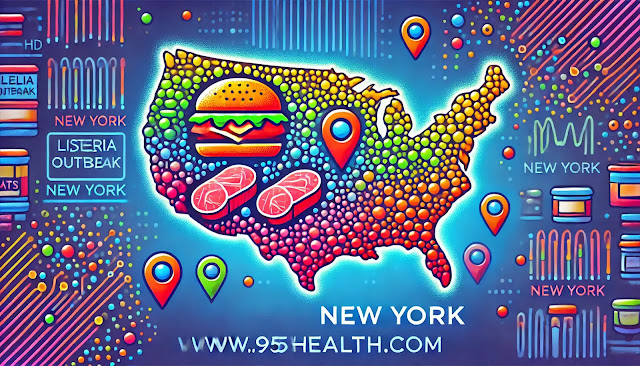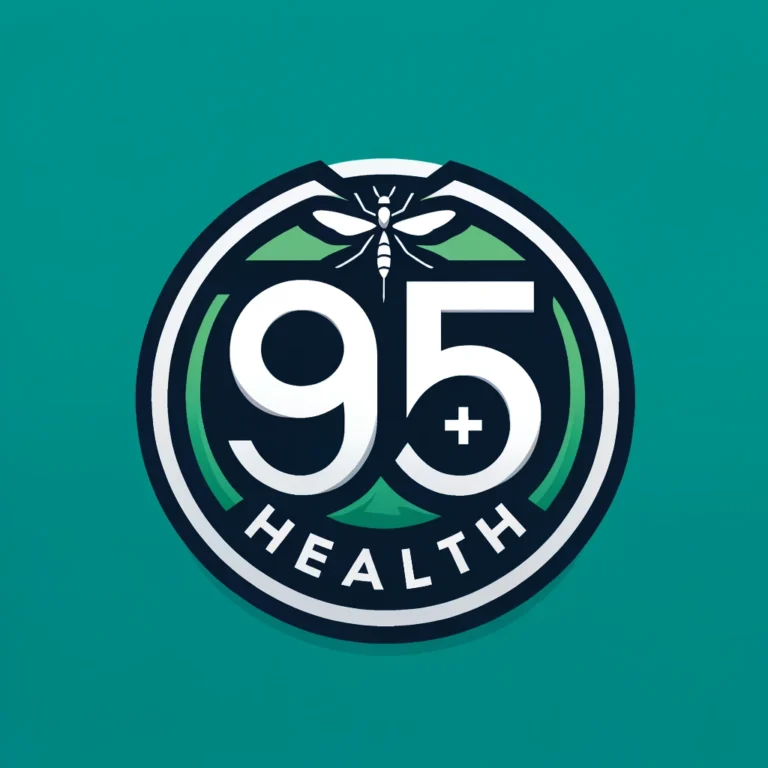Listeria Outbreak in New York: Highest Cases Reported in Deli Meat Incident
New York has reported the highest number of listeria cases in a recent deli meat outbreak, marking a significant public health concern. As of July 19, 2024, a total of 28 individuals across 12 states have been affected by Listeria monocytogenes, with New York leading in reported cases. The outbreak has resulted in 28 hospitalizations and two fatalities, one in Illinois and one in New Jersey.
Source of Infection
The Centers for Disease Control and Prevention (CDC) has identified deli meats sliced at deli counters as the likely source of the outbreak. In interviews, 89% of the affected individuals reported consuming deli meats, underscoring the link to this common food item. However, there is no current evidence to suggest that prepackaged deli meats are causing infections.

High-Risk Populations
Listeria is particularly dangerous for specific groups, including pregnant women, older adults, and individuals with weakened immune systems. For pregnant women, the infection can lead to severe outcomes such as miscarriage, stillbirth, premature delivery, or neonatal infection. Symptoms typically include fever, fatigue, and muscle aches, but can escalate to more severe neurological impacts in non-pregnant individuals.
Preventative Measures
The CDC advises those at higher risk to avoid consuming deli meats unless they are thoroughly heated to an internal temperature of 165°F. It is also essential to maintain cleanliness by regularly cleaning refrigerators, containers, and surfaces that may have come into contact with deli meats.
Public Health Recommendations
Businesses should adhere to the USDA-FSIS best practices for controlling Listeria contamination in deli areas. Public health officials continue to monitor and investigate the outbreak to prevent further cases and manage the spread of infection.
This outbreak highlights the critical need for vigilance in food safety practices and awareness of the risks associated with consuming deli meats, especially for vulnerable populations. Continuous updates from health authorities aim to provide timely information and guidelines to safeguard public health.







